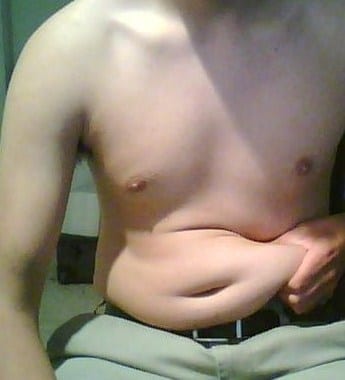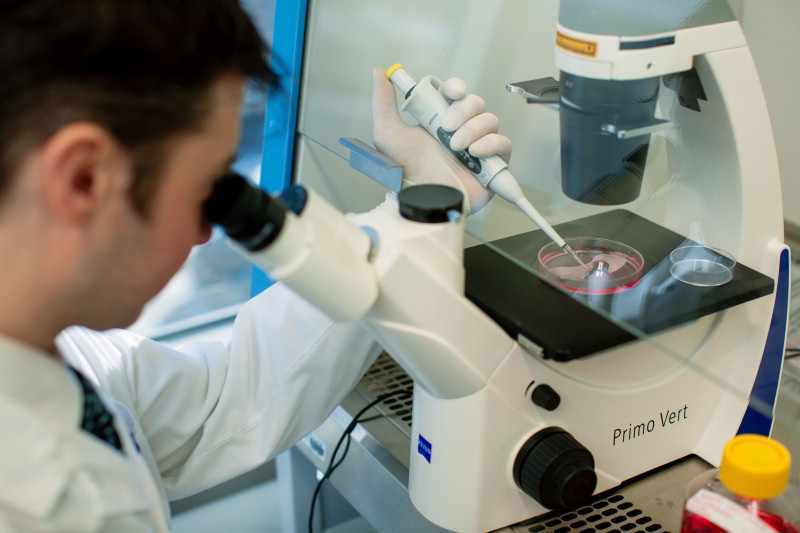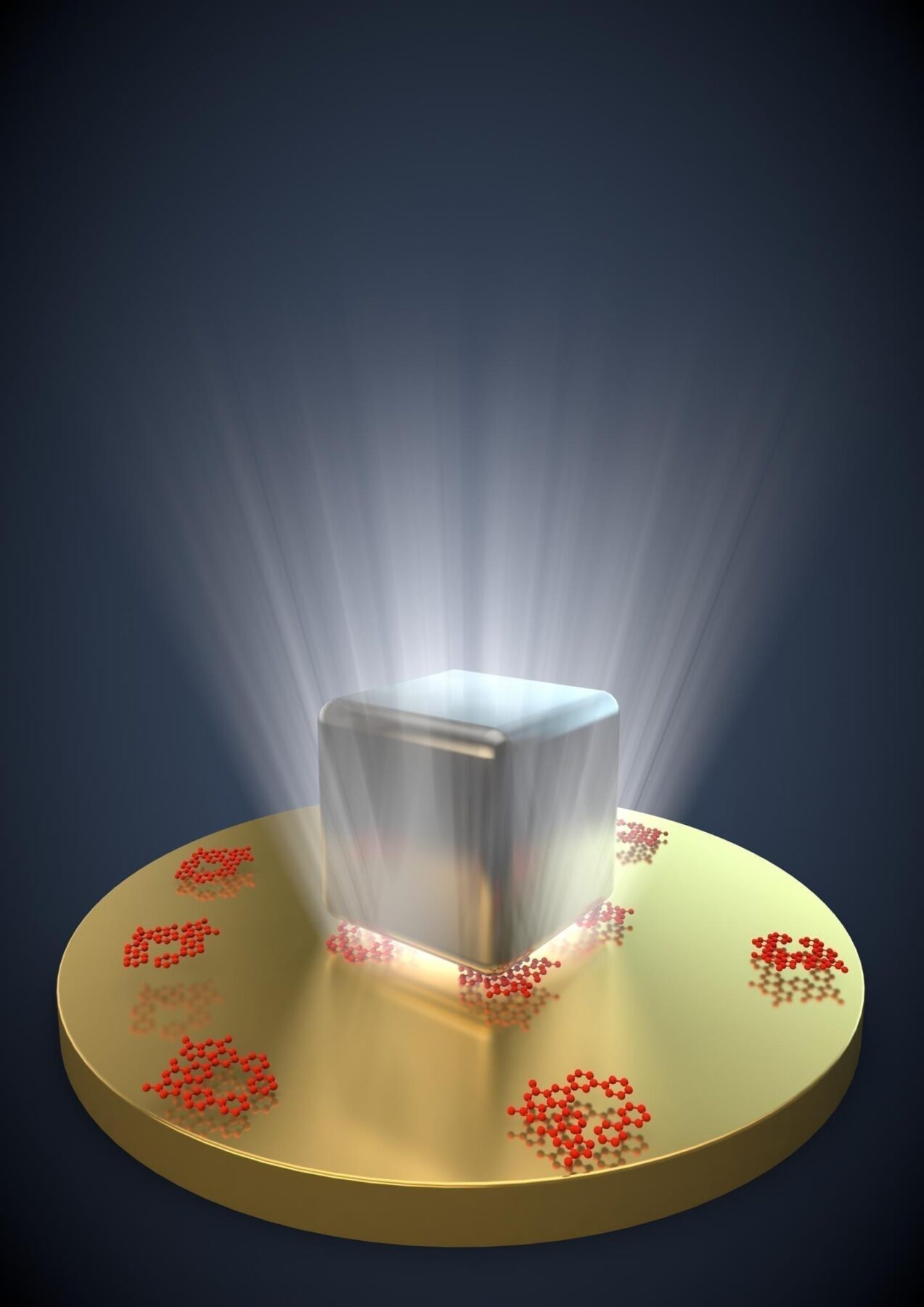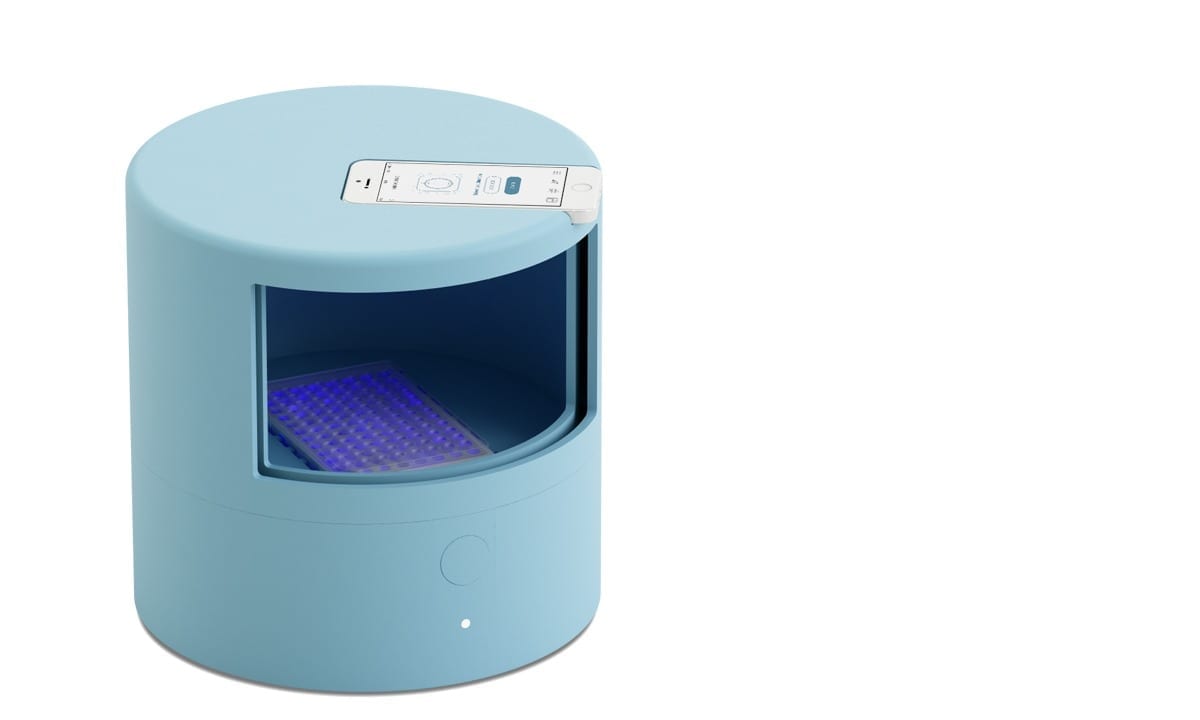
Researchers at the University of Bonn discover a new signaling pathway to combat excess body weight
The number of overweight persons is greatly increasing worldwide – and as a result is the risk of suffering a heart attack, stroke, diabetes or Alzheimer’s disease. For this reason, many people dream of an efficient method for losing weight. An international team of researchers led by Professor Alexander Pfeifer from the University Hospital Bonn, have now come one step closer to this goal. The scientists discovered a new way to stimulate brown fat and thus burn energy from food: The body’s own adenosine activates brown fat and “browns” white fat. The results are now being published in the renowned journal “Nature”.
“Not all fat is equal,” says Professor Alexander Pfeifer from the Institute of Pharmacology and Toxicology of the University Hospital Bonn. Humans have two different types of fat: undesirable white fat cells which form bothersome “love handles”, for example, as well as brown fat cells, which act like a desirable heater to convert excess energy into heat. “If we are able to activate brown fat cells or to convert white fat cells into brown ones, it might be possible to simply melt excess fat away” reports the pharmacologist.
The group of Prof. Pfeifer together with an international team from Sweden, Denmark, Finland, as well as from the Helmholtz-Center Dresden-Rossendorf and the University of Düsseldorf now discovered a new signalling molecule capable of activating brown fat cells: adenosine. Adenosine is typically released during stress. Crucial for transmitting the adenosine signal is the adenosine receptor A2A.
Adenosine activates brown adipose tissue
“If adenosine binds to this receptor in brown fat cells, fat burning is significantly stimulated,” reports Dr. Thorsten Gnad from Prof. Pfeifer’s team. It was previously thought not possible for adenosine to activate brown fat. Several studies with rats and hamsters demonstrated that adenosine blocks brown fat.
However, the researchers from the University of Bonn were not mislead by these previous findings. In contrast, using brown fat cells removed from humans during surgery, the scientists investigated the signaling pathway for fat activation using adenosine. The results showed that rats and hamsters react differently than humans in this regard. “The brown fat in mice on the other hand behaves just as in humans,” summarizes Prof. Pfeifer.
The Latest on: Adenosine
[google_news title=”” keyword=”Adenosine” num_posts=”10″ blurb_length=”0″ show_thumb=”left”]
via Google News
The Latest on: Adenosine
- Vyvamind Review: Does It Work? See Vyvamind Nootropic Brain Supplement Results!on May 2, 2024 at 1:28 am
Elevates Vitality Levels: For those seeking an extra boost, Vyvamind presents a potential solution. According to reports from Vyvamind users, this blend of nootropics has aided many individuals in ...
- Scientists find potential treatment target for leading cause of blindnesson May 1, 2024 at 11:40 pm
To prevent this from happening, the team targeted the adenosine receptor 2A (Adora2a) -- a G-protein-coupled adenosine receptor found in high levels in the brain, immune cells, and blood vessels.
- Do not drink too much tea-coffee or cold drink in summer, it can damage these parts of the bodyon May 1, 2024 at 9:23 pm
The summer season often tempts us to reach for icy cold drinks or refreshing cups of tea and coffee. While a moderate intake of these bevera..|News Track ...
- Does Green Tea Have Caffeine?on May 1, 2024 at 2:45 pm
Green tea has caffeine, but less than some other caffeinated beverages. Learn the pros and cons of caffeine and green tea.
- Sleep better in a hotel with these simple hackson April 30, 2024 at 10:30 pm
But for some people, it comes with those dreadful nights spent tossing and turning in bed, struggling hard to sleep in a hotel room.Though many sleep like a baby in those extra-cushiony beds, it can ...
- Research reveals the importance of phytocompounds and metabolomics analysison April 30, 2024 at 1:11 pm
Inflammatory bowel disease (IBD) is a common chronic gastrointestinal disorder and current treatment strategies can cause adverse effects. Thus, there is a need to identify alternative compounds to ...
- The Best Pre Workout with Creatine Supplementson April 30, 2024 at 12:47 pm
Branded content. Us Weekly has affiliate partnerships so we may receive compensation for some links to products and services. Want to make the most of your workouts? What if you could feel energized ...
- Can the workout supplement creatine really help you build muscle? What the experts sayon April 30, 2024 at 7:02 am
"You have to combine training with creatine" to see results, says Jose Antonio, a professor of exercise science. Here's how he says the supplement can work.
- What Happens To Your Body When You Take Creatineon April 29, 2024 at 6:48 am
Creatine is one of the most well-studied supplements used for muscle growth and enhanced athletic performance. What exactly does it do in the body to promote more energy? A registered dietitian ...
- 10 Drug-Free Ways To Sleep Better, According To Andrew Hubermanon April 29, 2024 at 2:00 am
Sleep is the bedrock of mental health, physical health and performance, according to Andrew Huberman, a podcaster/scientist. Here are his 10 suggestions for better sleep.
via Bing News










